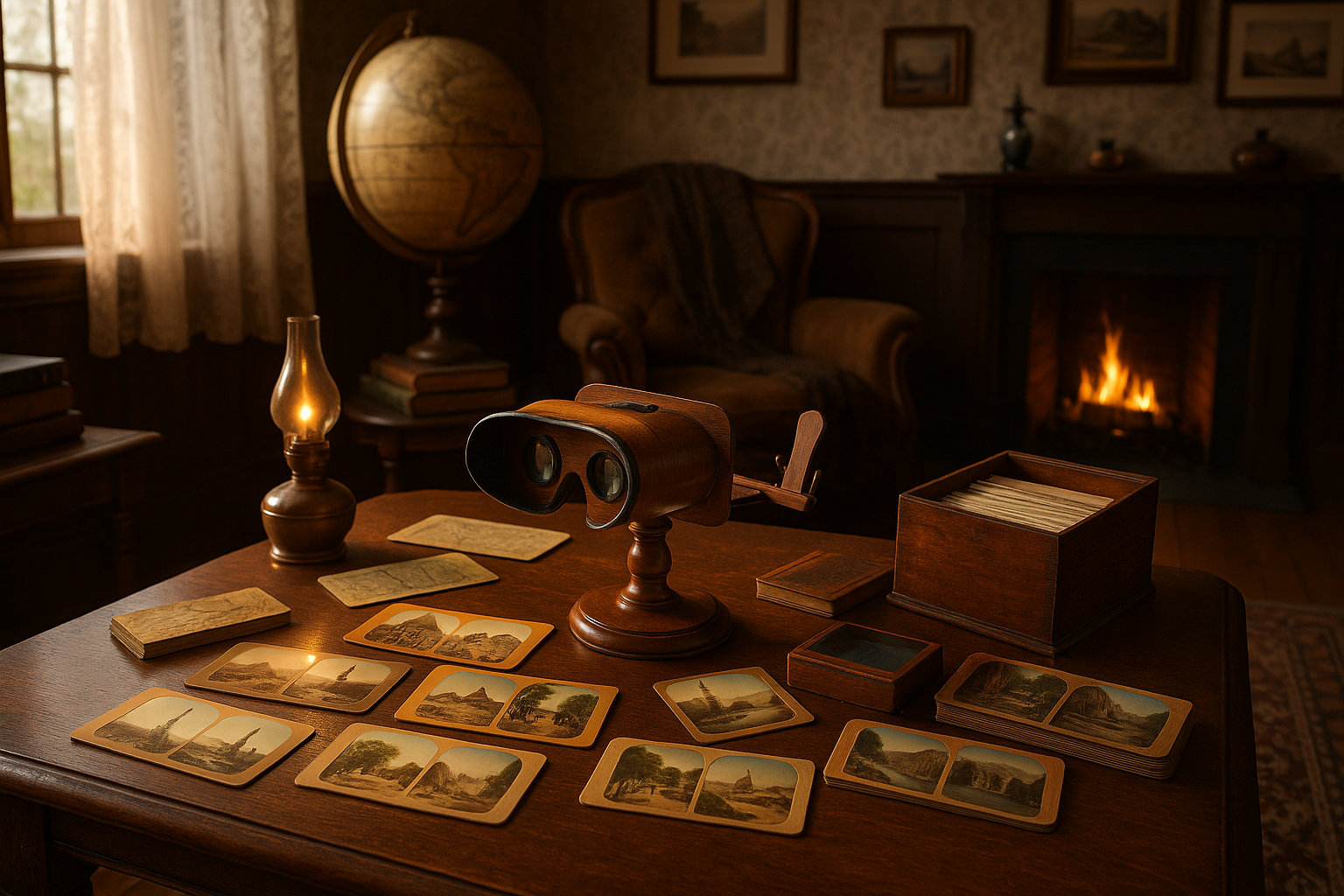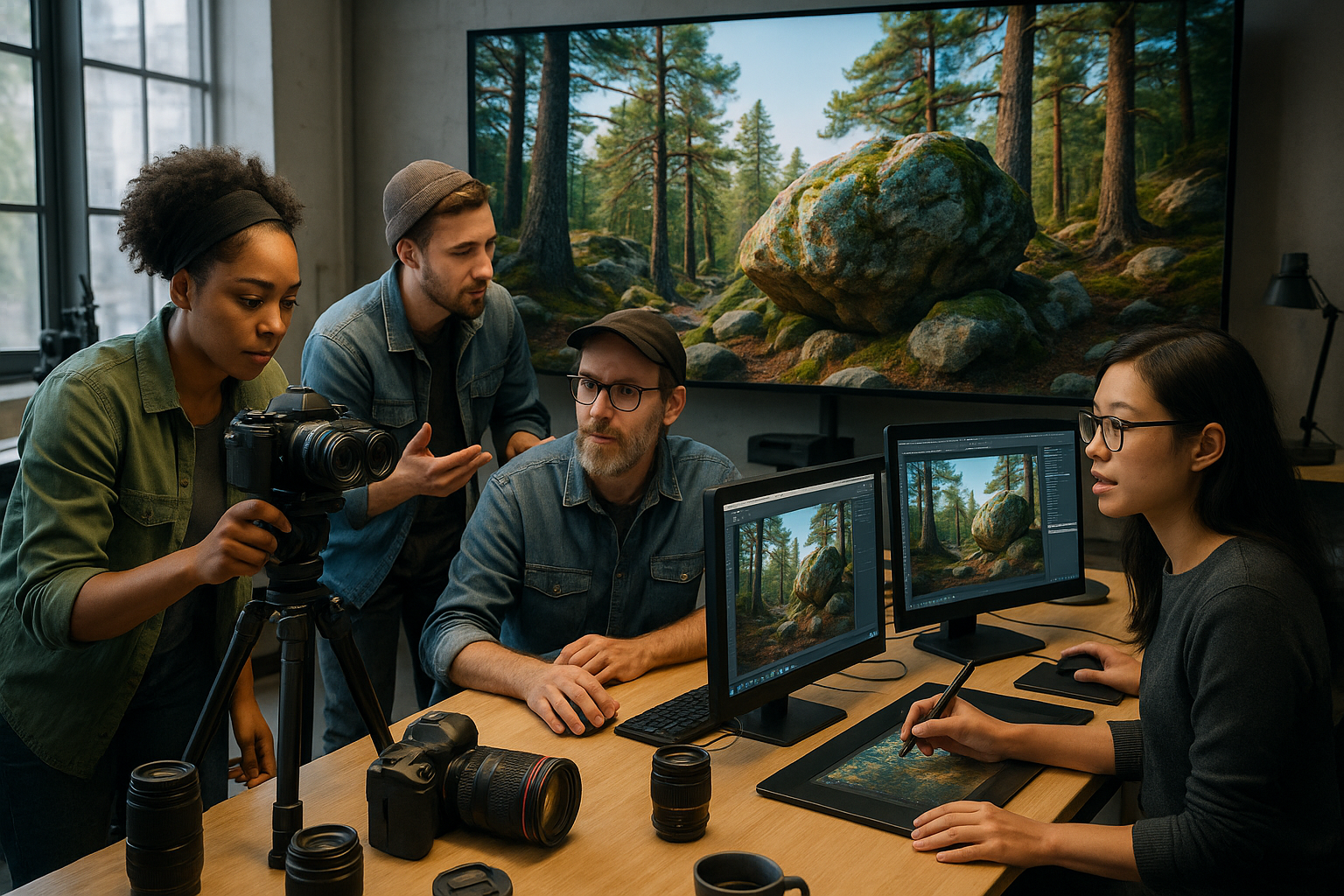Imagine holding the world in your hands, exploring ancient pyramids, towering landmarks, and natural wonders—all through interactive 3D cards that bring geography to life in ways traditional maps never could. ✨
The way we learn about our planet has evolved dramatically over the past decade. Gone are the days when understanding global geography meant staring at flat, static images in textbooks or tracing routes on paper maps. Today’s technology has opened doors to immersive learning experiences that make discovering the world’s wonders not just educational, but genuinely exciting and memorable.
3D cards represent a revolutionary approach to geographical education, combining the tactile satisfaction of physical learning tools with the depth and interactivity of digital technology. These innovative educational resources transform how children and adults alike engage with world geography, cultural landmarks, and natural phenomena. Whether you’re a parent seeking engaging educational tools, a teacher looking to revitalize classroom lessons, or simply someone with an insatiable curiosity about our planet, 3D cards offer a gateway to exploration unlike anything before.
🌍 What Makes 3D Cards Revolutionary for Learning Geography
Traditional learning methods have their place, but 3D cards bring a multi-sensory dimension to geographical education that fundamentally changes how we absorb and retain information. These cards leverage augmented reality, holographic effects, or pop-up mechanisms to create three-dimensional representations of landmarks, monuments, and natural wonders from across the globe.
The science behind this approach is compelling. Research in educational psychology consistently shows that multi-sensory learning—engaging sight, touch, and spatial reasoning simultaneously—creates stronger neural pathways and significantly improves information retention. When a child can see the Eiffel Tower rise from a card in their hand, rotate it to view from different angles, and interact with embedded information, they’re not just memorizing facts; they’re experiencing them.
What sets 3D cards apart from digital-only solutions is their tangible nature. In an increasingly screen-dominated world, the physical interaction with cards provides a refreshing balance. Children can collect them, trade them with friends, organize them by continent or theme, and build a personal connection with each wonder they discover. This collectible aspect adds an element of motivation that purely digital experiences often lack.
Iconic Landmarks That Come Alive in Your Hands 🗼
The world’s most recognizable landmarks take on new meaning when experienced through 3D cards. Imagine examining the intricate details of the Taj Mahal’s architecture, understanding its symmetry and the stories behind its construction, all while holding a dimensional representation that reveals layers of information as you explore it.
From the Great Wall of China snaking across mountainous terrain to the Colosseum revealing its complex underground passages, 3D cards bring architectural marvels into focus with unprecedented clarity. The Statue of Liberty can be rotated to appreciate her crown’s rays representing the seven continents, while Machu Picchu’s card might illustrate the ingenious Incan engineering that allowed this city to thrive at such altitude.
These representations go beyond mere visuals. Many advanced 3D card systems incorporate informational layers—scan a card with a companion app, and suddenly you’re accessing historical timelines, construction facts, cultural significance, and even virtual tours. This depth transforms casual browsing into genuine educational experiences that cater to various learning styles and age groups.
Natural Wonders: Bringing Earth’s Majesty to Life 🏔️
While human-made landmarks captivate with their engineering and history, Earth’s natural wonders offer equally compelling subjects for 3D card exploration. The Grand Canyon’s layered rock formations, each representing millions of years of geological history, become tangible lessons in Earth science when presented in three dimensions.
The Great Barrier Reef card might showcase the vibrant ecosystem in cross-section, revealing the symbiotic relationships between coral, fish, and other marine life. Mount Everest’s card could demonstrate the mountain’s various climbing routes, base camps, and the atmospheric conditions that make it both majestic and dangerous.
Natural wonder cards excel at explaining complex environmental concepts in accessible ways. A card featuring the Amazon Rainforest might illustrate the canopy layers—emergent, canopy, understory, and forest floor—each with its unique ecosystem. The Northern Lights card could explain the scientific phenomena behind aurora borealis while displaying the shimmering colors in dynamic 3D.
Cultural Exploration Through Interactive Learning 🎭
Geography extends far beyond physical locations; it encompasses the cultures, traditions, and peoples that inhabit these spaces. The most comprehensive 3D card collections integrate cultural education alongside geographical information, creating holistic learning experiences.
A card featuring Japan’s Mount Fuji might also explore Japanese tea ceremonies, cherry blossom festivals, and the mountain’s spiritual significance in Shinto religion. Egypt’s pyramids become gateways to understanding hieroglyphics, mummification processes, and daily life in ancient civilizations. This cultural context transforms geographical learning from memorizing locations to understanding the rich tapestry of human experience across our planet.
Many 3D card systems incorporate comparative elements, allowing learners to understand scale, distance, and relationships between different wonders. A collection might include comparison cards showing how the height of various landmarks stacks up, or maps illustrating trade routes that connected ancient civilizations, helping learners develop spatial intelligence and global awareness.
Technology Integration: When Physical Meets Digital 📱
The most sophisticated 3D card experiences seamlessly blend physical cards with digital enhancements through augmented reality applications. When you point your smartphone or tablet at a physical card, the technology recognizes it and overlays additional digital content—animations, videos, interactive quizzes, and virtual reality experiences.
This hybrid approach combines the best of both worlds. The physical cards provide tactile engagement, collectibility, and screen-free learning opportunities, while the digital layer adds depth, interactivity, and regularly updated content. A card purchased today can receive new information updates through the app, ensuring the educational content remains current and expanding.
Some advanced systems offer gamification elements through their companion apps. Users might complete challenges like “visiting” all seven wonders of the ancient world, answering trivia questions to unlock additional content, or competing with friends to see who can explore the most countries in a month. These game mechanics tap into intrinsic motivation, making learning feel less like studying and more like adventure.
Educational Applications in Classrooms and Homes 📚
Teachers worldwide are discovering the transformative potential of 3D cards for geography, history, and social studies curricula. These tools address multiple learning styles simultaneously—visual learners benefit from the three-dimensional representations, kinesthetic learners engage through physical manipulation, and auditory learners can access narrated content through companion apps.
In classroom settings, 3D cards facilitate collaborative learning. Students can work in groups to research different wonders, present findings to classmates, and create comparative analyses. The cards serve as conversation starters, prompting questions like “Why was this location important?” or “How did people build this without modern technology?” These inquiries develop critical thinking skills beyond rote memorization.
For homeschooling families, 3D card collections offer structured yet flexible curricula. Parents can design themed learning units—exploring Mediterranean civilizations one week, Asian landmarks the next—or allow child-directed learning where curiosity guides the educational journey. The self-contained nature of cards makes them ideal for learning on the go, whether during car trips, waiting rooms, or vacation downtime.
Building Global Citizens Through Wonder and Curiosity 🌏
Perhaps the most profound impact of 3D world exploration cards extends beyond academic knowledge. These tools cultivate global citizenship by fostering appreciation for the diversity and interconnectedness of human civilization. When children learn about Angkor Wat in Cambodia, Petra in Jordan, or Chichen Itza in Mexico, they develop respect for cultures different from their own.
This early exposure to global wonders plants seeds of curiosity that often blossom into lifelong interests. A child fascinated by Egyptian pyramids might pursue archaeology; one captivated by the engineering of Roman aqueducts might become a civil engineer. Even without professional pursuits, this geographical literacy creates more informed citizens who understand international news, appreciate cultural diversity, and recognize humanity’s shared heritage.
The environmental awareness fostered by natural wonder cards deserves special mention. Learning about threatened ecosystems like coral reefs, melting glaciers, or disappearing rainforests through engaging 3D representations creates emotional connections that abstract statistics cannot. This personal investment in Earth’s wonders can inspire the next generation of environmental stewards.
Choosing the Right 3D Card Collection for Your Needs 🎯
Not all 3D card systems are created equal, and selecting the right one depends on your specific goals, age group, and budget. Some collections focus exclusively on famous landmarks, while others incorporate natural wonders, cultural sites, and modern architectural achievements. Consider what aspects of geography most interest you or your learners.
Age-appropriateness matters significantly. Collections designed for younger children typically feature simpler 3D effects, more durable card construction, and straightforward information. Teen and adult-oriented collections might include more complex augmented reality features, detailed historical context, and connections to contemporary global issues.
The technology integration level varies across products. Basic 3D cards might use lenticular printing to create depth without any digital component—these work great for screen-free learning. Mid-range options might include QR codes linking to online content. Premium collections offer full augmented reality experiences with companion apps that significantly enhance the physical cards.
Maximizing the Learning Experience With 3D Cards 💡
Simply acquiring 3D cards isn’t enough; how you use them determines their educational impact. Create dedicated exploration time where learning takes priority over passive entertainment. Encourage questions, research beyond the card’s information, and make connections to current events or personal experiences.
Combine 3D cards with complementary resources for deeper learning. After exploring a card about the Great Wall of China, watch a documentary about its construction, try Chinese cuisine, or read folktales from that culture. This multi-modal approach reinforces learning and creates richer contextual understanding.
Documentation enhances the experience significantly. Maintain a travel journal where learners record facts, impressions, and questions about each wonder explored. Create a world map where they mark each location studied, gradually filling the globe with knowledge. Some families photograph their children with each card and create digital or physical albums chronicling their armchair travels.
The Future of Geographical Education Through 3D Technology 🚀
The technology behind 3D educational cards continues evolving rapidly. Emerging developments include haptic feedback that lets users “feel” textures of different landmarks, AI-powered personalization that adapts content to individual learning paces, and social features that connect learners worldwide to share discoveries and insights.
Virtual reality integration represents the next frontier. Imagine holding a 3D card of the Roman Colosseum, then putting on VR goggles to actually walk through its corridors, watching gladiatorial contests, and experiencing the roar of ancient crowds. This seamless transition from physical card to fully immersive experience will redefine educational possibilities.
Sustainability in production is also gaining attention, with manufacturers exploring eco-friendly materials, carbon-neutral printing processes, and digital-first models where physical cards serve as beautiful collectibles while most content lives in continuously updated apps. This approach reduces environmental impact while maintaining the tangible benefits that make 3D cards special.
Starting Your Global Exploration Journey Today 🗺️
The beauty of 3D world wonder cards lies in their accessibility—you don’t need expensive equipment, complicated setup, or extensive prior knowledge. Most collections are designed for immediate engagement, with intuitive interfaces and progressive information that grows with the learner’s understanding.
Begin with a starter collection featuring the most iconic landmarks—the Seven Wonders of the Modern World make an excellent entry point. As familiarity and enthusiasm grow, expand into specialized collections focusing on specific regions, themes like UNESCO World Heritage sites, or natural phenomena like volcanoes and waterfalls.
Remember that the goal extends beyond accumulating facts. These cards are tools for inspiring wonder, fostering curiosity, and building connections to our remarkable planet and its diverse inhabitants. Each card represents not just a location but a story of human achievement, natural magnificence, or cultural significance waiting to be discovered.
Whether you’re looking to supplement formal education, inspire a reluctant learner, or simply satisfy your own curiosity about world wonders, 3D cards offer an engaging, effective, and enjoyable path to geographical literacy. The world is vast and magnificent—these innovative tools bring it within reach, transforming global exploration from distant dream to hands-on reality. Start your collection today, and watch as continents, cultures, and wonders unfold before your eyes, one spectacular card at a time.
Toni Santos is a visual historian and artisan whose creative lens is captivated by the forgotten marvels of antique optical devices. Through his thoughtful storytelling, Toni revives the instruments that once transformed light into wonder—camera obscuras, magic lanterns, kaleidoscopes, and other ingenious tools that shaped our earliest visual imaginations.
His journey is rooted in a fascination with how humans have long sought to bend, reflect, and reveal the unseen. Whether tracing the mechanical poetry of 19th-century projectors or illustrating the tactile elegance of early lenses, Toni’s work invites us to see vision itself as an evolving art form.
Blending handcrafted design with historical inquiry, Toni brings to life the material soul of these devices—celebrating not just how they functioned, but what they meant. His creations and curated stories illuminate a world where science, illusion, and beauty were intricately linked through glass and brass.
As the curator of Vizovex, Toni shares detailed studies, reconstructed artifacts, and immersive content that help others rediscover the origins of visual technology and the magic of analog perception.
His work is a tribute to:
The craftsmanship behind early visual instruments
The wonder of seeing through the eyes of another century
The intersection of optics, art, and imagination
Whether you’re a collector, a designer, or someone drawn to the lost poetry of vision, Toni welcomes you into a world where light is a storyteller—one prism, one lens, one forgotten invention at a time.





